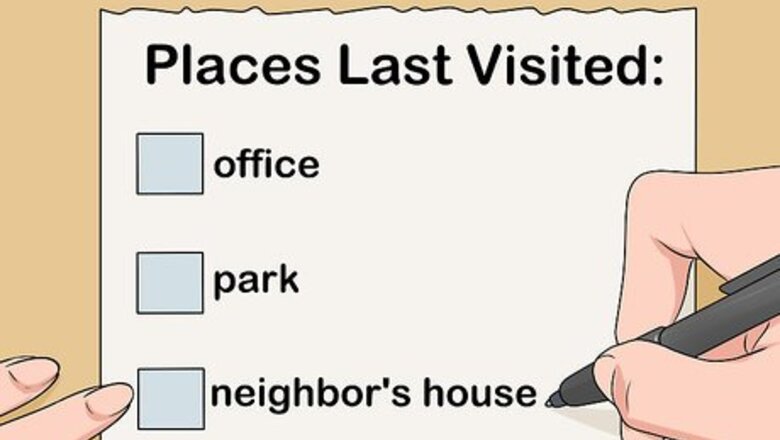
views
Retracing Your Steps
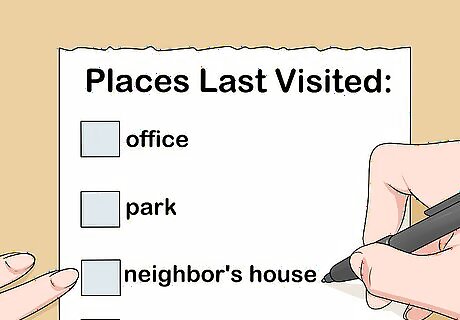
Determine the last time you saw the item. It’s probably obvious, but the first step in tracking down the thing you’ve lost is picturing where you last had it. Even if it’s not the exact spot where you lost it, it may jog your memory so you start to remember where you left it. If it is not there, continue to broaden your search area--even if you don't usually bring your keys into the bathroom, you should still check there! Not sure when you last saw the thing you’ve lost? Jot down a list of the last few places you can remember seeing it.
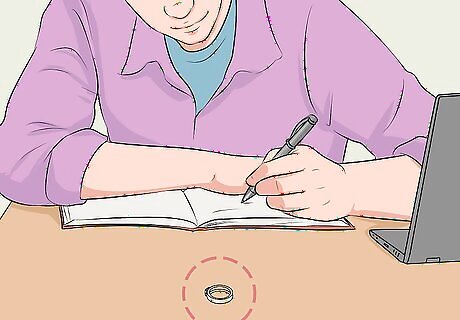
Get into the mindset you had the last time you saw the item. It may seem a little silly, but remembering what you were thinking and feeling when you last had your item can sometimes help you track it down. You’ll bring yourself back into the moment when you last had the item you’re looking for so little details that can help you find it come back to you.

Walk through all of the locations you’ve been since you lost the item. When you remember the last time you saw your missing item, you’ll want to go back to all of the spots you’ve been since you last had it. If you’re lucky, you just dropped the missing item and you’ll stumble upon it again just by walking through the space. If you can’t retrace all of your steps since you last had the missing item, making a phone call can be a good substitute. For example, if you last remember having your cell phone at a hotel and you took a flight home, call the hotel and the airport to see if someone’s found it.
Doing a Systematic Search
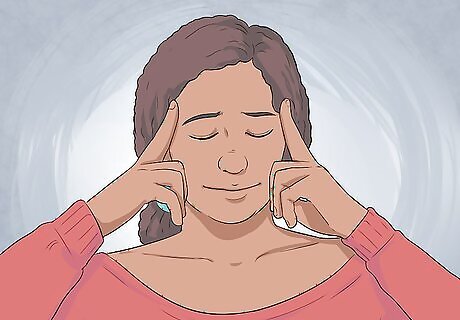
Calm down. Of course you’re going to be freaked out if you’ve lost something important like your wallet or cellphone. But you’re going to have a harder time finding it if you’re all stressed out. Try to relax before you start looking so you have a clear head. Having trouble calming down? Take a few slow, deep breaths to help relax yourself.
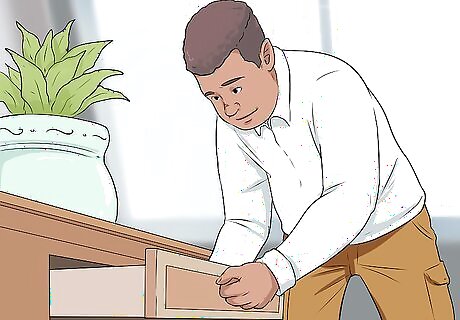
Check the areas where it should be. Even if you don’t remember putting the missing item back, start your search in the spot where it should be. If you always toss your keys in the basket next to the door, that’s the first place to look. If there are a couple of spots where you usually keep the item, search all of them to be sure you don’t miss it. Do a slow, careful search. If you start throwing things around in a panic, you’re just going to make a bigger mess and make it even harder to find your item. It may seem like common sense, but don’t forget to check your pockets and bag. You may have tossed the item in to get it out of the way.
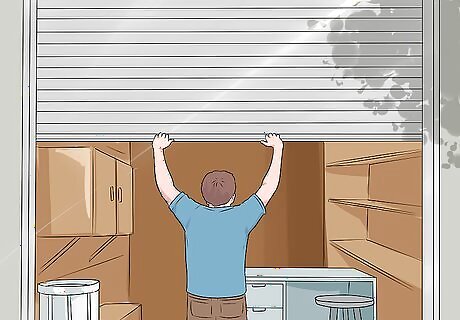
Widen your search range to a larger area. If your missing item isn’t in the spot where you usually keep it, it’s time to look in a larger area. Search a few inches out from the spot where you started and see if the item turns up. If you still don’t find what you’re looking for, expand your search again. Keep widening your search area little by little until you find what you’re looking for.
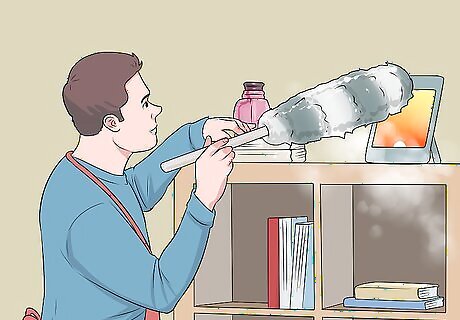
Clean up the area. Sometimes, even expanding the search area doesn’t help you find what you’re looking. Unfortunately, there’s usually only one solution if that happens -- you’ve got to do some cleaning. If the room you’re searching is a mess, you’re probably going to miss the item. Tidy up the area to get rid of any clutter and your missing item just may turn up..
Getting Help Looking for the Item

Ask friends, coworkers, and/or family members. Sometimes, you may think you’ve lost something when someone else just borrowed or moved it. Ask anyone who’s been around the item if they’ve seen it or know where it is. If you keep losing items because friends, family, or coworkers are always “borrowing” them, don’t feel bad about telling them to ask before they take anything. That’s the only way to keep track of your stuff.
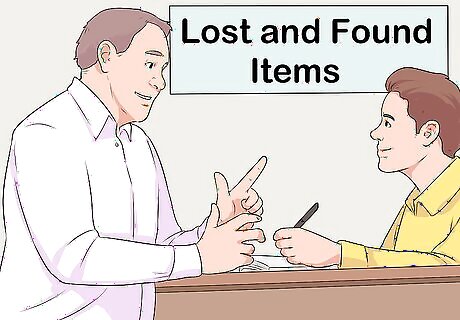
Visit the lost-and-found in public locations. If you lose your item at a store, restaurant, or other public place, you can get lucky if someone else finds it for you. Head to the lost-and-found to ask if your item’s been turned in. If your item isn’t in the lost-and-found yet, leave your contact info. That way, they can get in touch with you if it does show up.
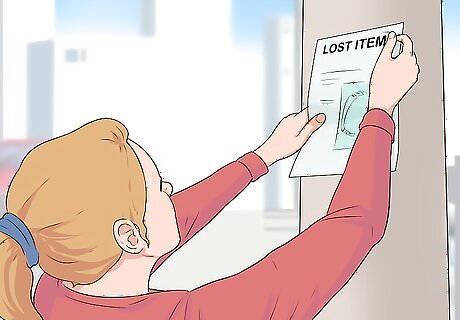
Post fliers for the lost item. If you can’t find your item and you know you lost it in a certain area, make up a flier with all the important details. Describe the item and give your contact info so people can get in touch if they’ve found it. Hang the fliers up in the area and cross your fingers. Post the fliers on telephone poles or bulletin boards in the area where people are most likely to see them. If you’re really desperate to find your missing item, a reward can sometimes convince people to turn it in.
Keeping Yourself from Losing Things in the Future
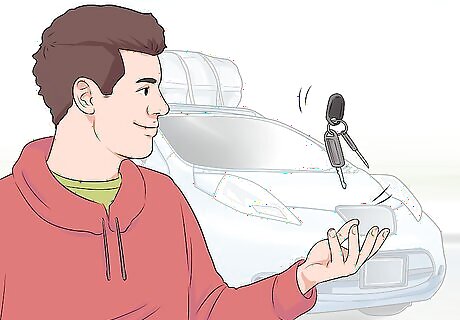
Be consciously aware as you go through your daily routine. You’re more likely to lose stuff if you’re not thinking about what you’re doing throughout the day. Try to be more conscious about what you’re doing in your daily routine so you don’t wind up leaving your keys, wallet, or cellphone where you shouldn’t.
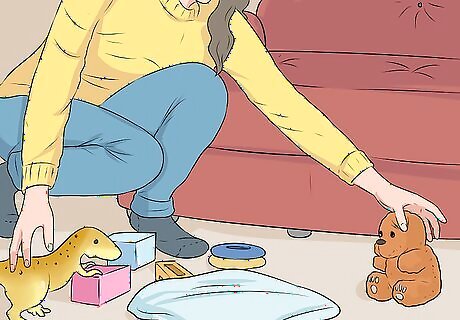
Keep your home and work areas uncluttered. If your home or desk is always a mess, it’s much easier to lose something. Don’t clutter up tables, desks, counters, and other flat surfaces or you can wind up hiding things that you’ll need. Think about it this way: if you throw your cell phone down on an empty coffee table that isn’t covered with magazines and books, you’ll always be able to spot it.
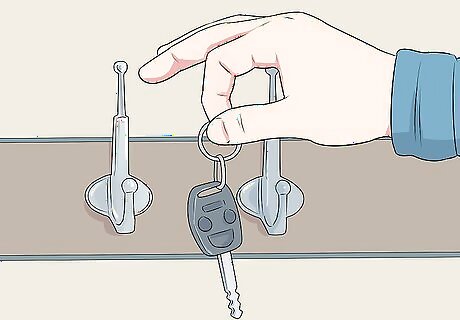
Have specific spots to store items. The easiest way to keep from losing stuff is having certain spots where you put your items at the end of the day. Keep your keys on a hook beside the door, charge your phone on your nightstand, or store your wallet in the same pocket in your bag so you always know where you stuff is. Be as specific as you can when you store your items. Don’t just hang your umbrella on any hook in the hallway -- always put it on the middle hook.




















Comments
0 comment